All the technological advancements we have discussed earlier in Pertanto are part of this new era in which we see a transmutation in all architectural areas, including the materials used in buildings, ready to meet these new characteristics.
In recent years, we have witnessed the changing needs of society, as well as the integration of these intelligent materials in architecture and construction, which have revolutionized the way we, as architects, design and build buildings. These intelligent materials offer a wide range of innovative and sustainable solutions that transform the way we interact with our built environment.
What are smart materials?
These materials, also known as active materials, are those that have the ability to respond to external or internal stimuli in a controlled and predictable manner. This means that they can change their physical or chemical properties in response to factors such as temperature, humidity, light, electricity, or mechanical stimuli. This allows them to adapt and adjust to their environment, thus improving the performance and efficiency of the buildings and projects in which they are present.
A designer strives to achieve a good design by creating a structure that is efficient, durable, and sustainable. Materials are the building blocks of any construction; the correct material choice can improve the performance and life cycle of any structure.
One of the most commonly used materials for this purpose is electrochromic glass or smart glass, a special type of glass that has the ability to change its transparency or appearance in response to an electric current or stimulus. These glasses use electrochromic technology to regulate the amount of light and heat transmitted through them. The appearance of the glass can be changed, going from transparent to opaque or achieving different levels of intermediate transparency.
These glasses allow for the regulation of natural light and heat entry into a building, which helps control the indoor temperature and reduces the need for air conditioning systems, thus contributing to energy efficiency. They also provide increased privacy and visual control, as they can be adjusted to block the view from the outside without the need for curtains or other additional elements.

Inside the Glass, Courtesy of View
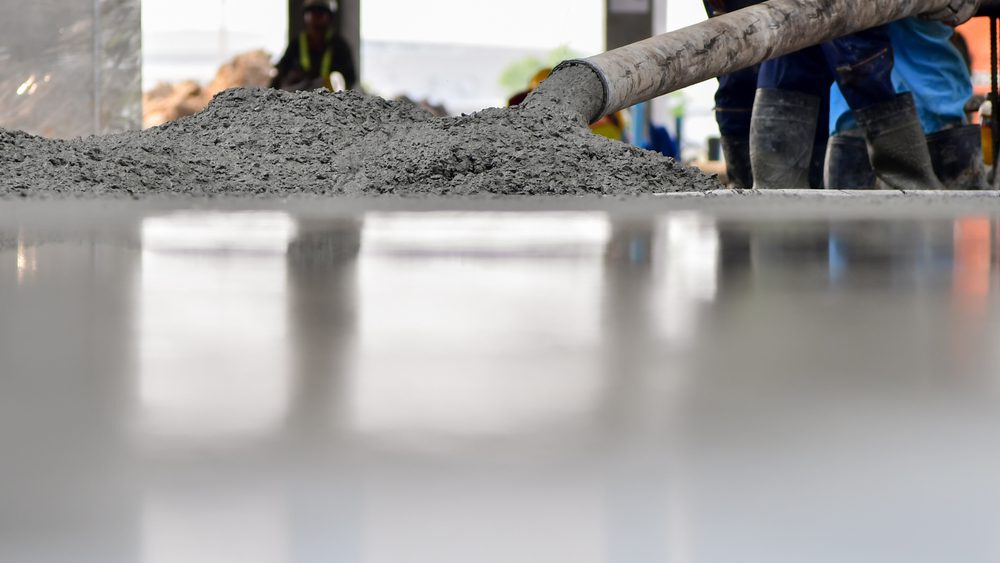
Self-Compacting Concrete, Courtesy of NY Engineers
Another commonly used smart material in architecture is self-compacting concrete with embedded optical fibers. These fibers allow for real-time monitoring of the tension, deformation, and temperature of the concrete, providing valuable information about the structural health of a building. This way, potential damages can be detected and repaired before they become more serious issues.
“Metals that breathe” or thermometals, refer to a type of metallic material that has the ability to expand and contract in response to changes in temperature and humidity. These materials have special thermomechanical properties that allow them to “breathe” or adapt to their environment. They are self-responsive to harsh sunlight conditions and can help create shaded spaces with their shape. The materials curl up when heated and flatten when cooled.
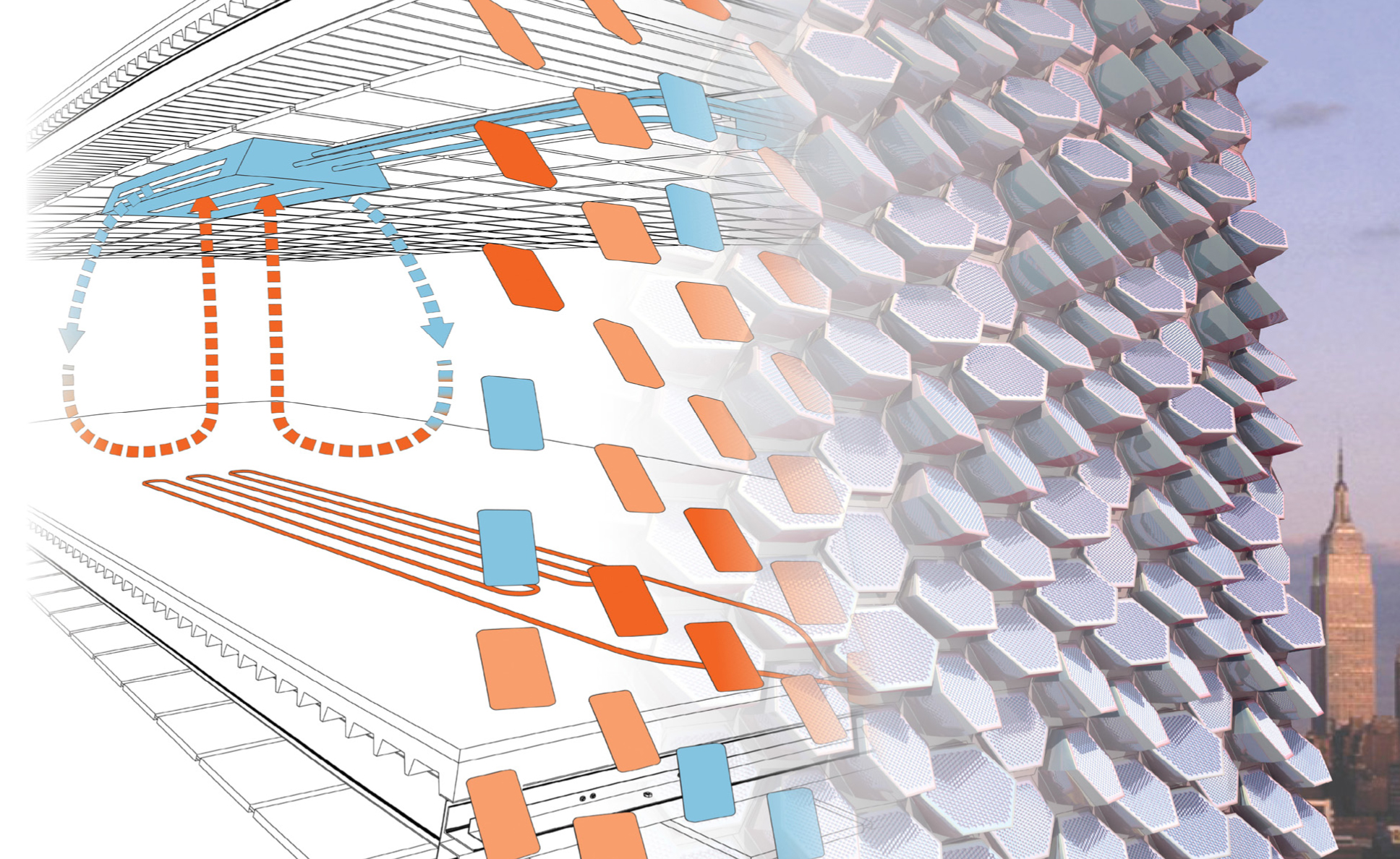
Thermal Biometals, Courtesy of Science Data Cloud
The use of piezoelectric materials is another growing trend in architectural design. These materials can generate electricity from mechanical deformation, meaning they can be used to generate energy from the vibration or movement of a building. Additionally, piezoelectric materials can also be used to control and dampen vibrations in structures, improving the seismic resistance of buildings.
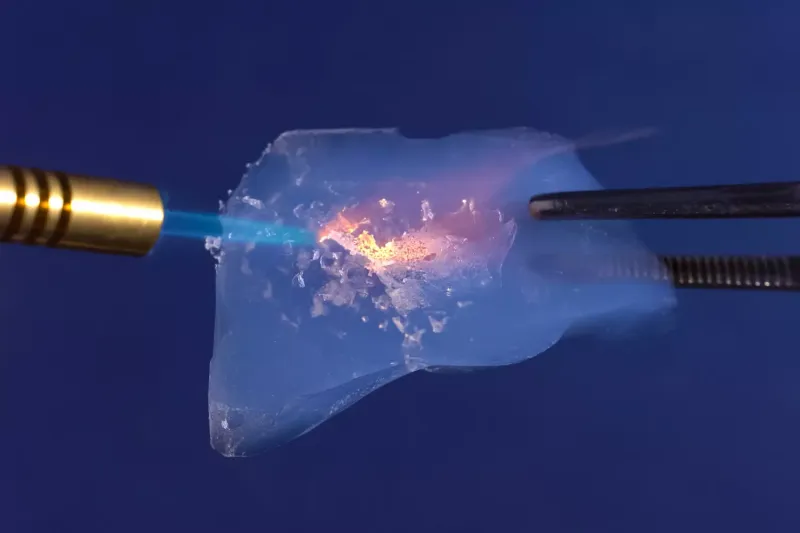
Aerogel or Frozen Smoke
There are other materials that have been recently developed and are still in their exploration and innovation phases. Some of these include the hydro membrane or hydrophobic membrane, capable of repelling or preventing water absorption; Aerogel or Frozen Smoke, one of the lightest materials today, used for thermal insulation; and self-luminous cement, which has the ability to emit its own light in the dark without requiring an external light source. This type of cement is primarily used for aesthetic and decorative purposes in construction and design.
The incorporation of smart materials in architecture offers numerous benefits. Firstly, these materials allow for greater energy efficiency by regulating energy flow and temperature in buildings. They also provide the possibility of greater control and adaptability of spaces, as they can be modified in real time according to user needs. Additionally, smart materials can contribute to sustainability by reducing energy consumption and improving the durability of buildings.

Akashi Kaikyō Bridge by Satoshi Kashima. Example of Self-Compacting Concrete
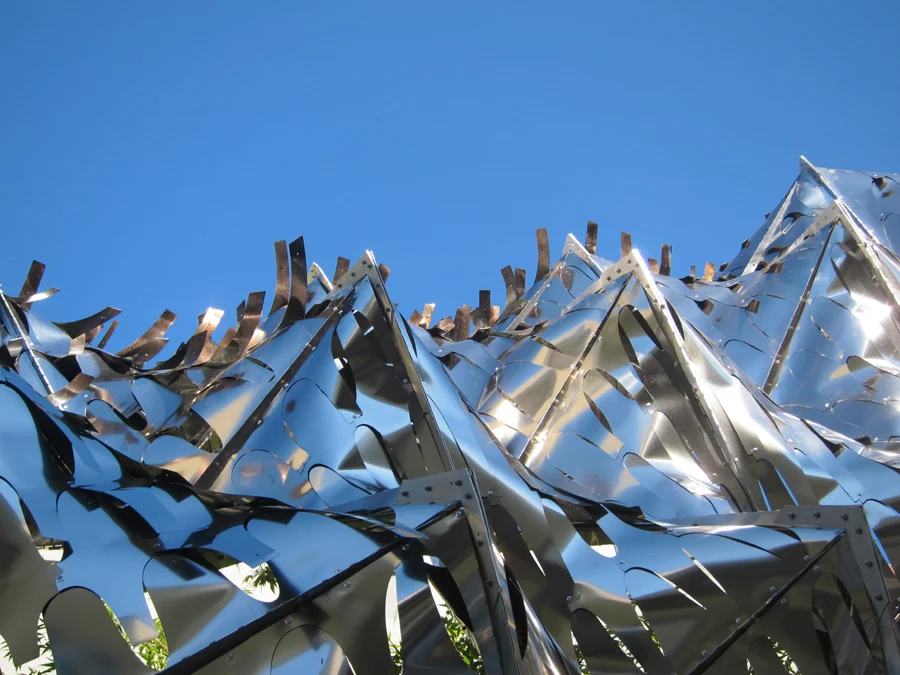
Bloom, by DOSU Studio. Example of Thermo Biometal
However, there are also challenges associated with the implementation of smart materials in architecture. One of them is cost, as these materials tend to be more expensive than conventional materials. Furthermore, it is necessary to consider the durability and maintenance of these materials over time.
Their ability to respond and adapt to their environment, as well as their potential to improve energy efficiency and the durability of buildings, make them a valuable tool for architects and designers. Despite the associated challenges, the use of smart materials promises a future where buildings are more efficient, adaptive, and environmentally friendly.


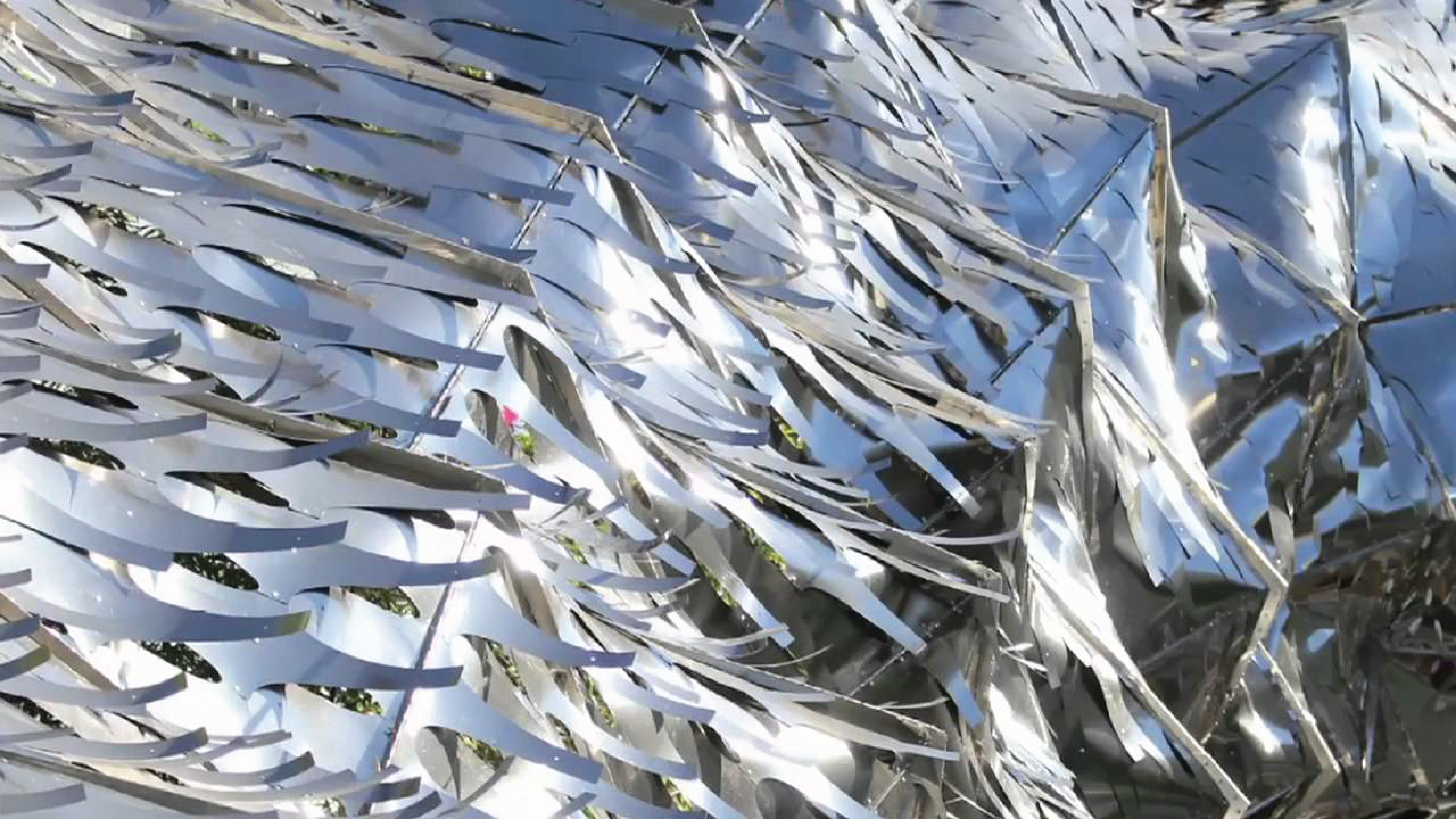
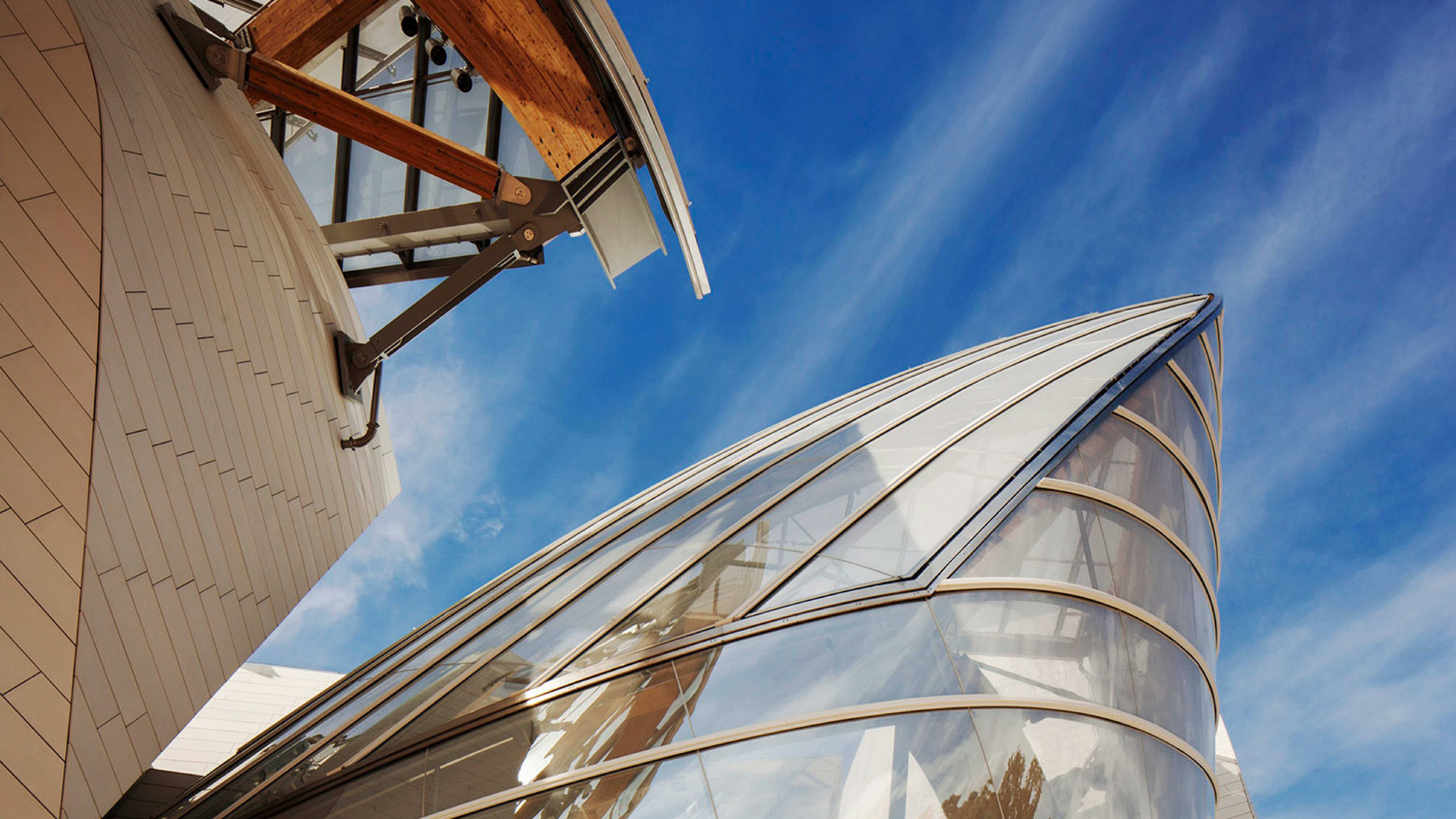
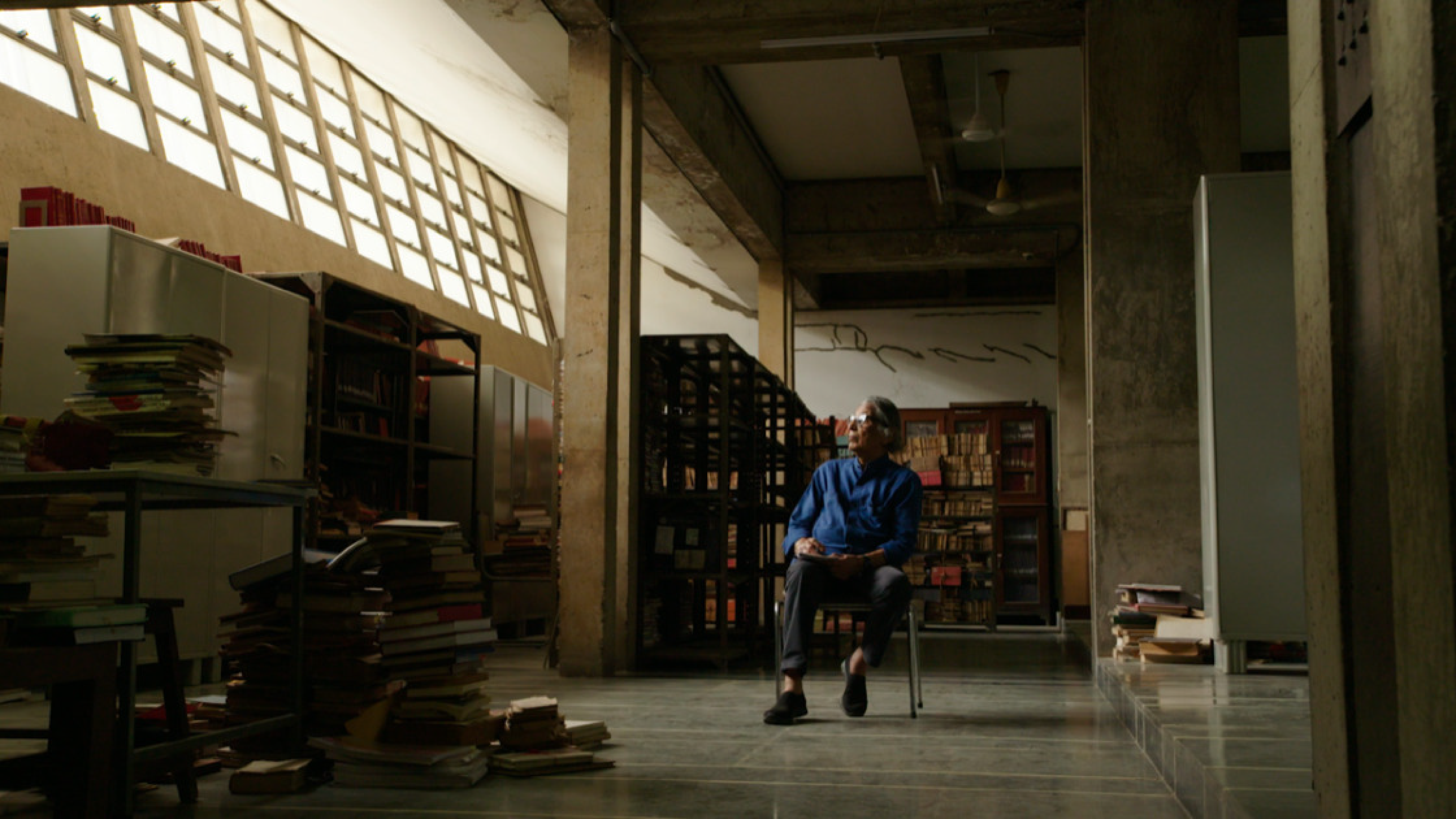
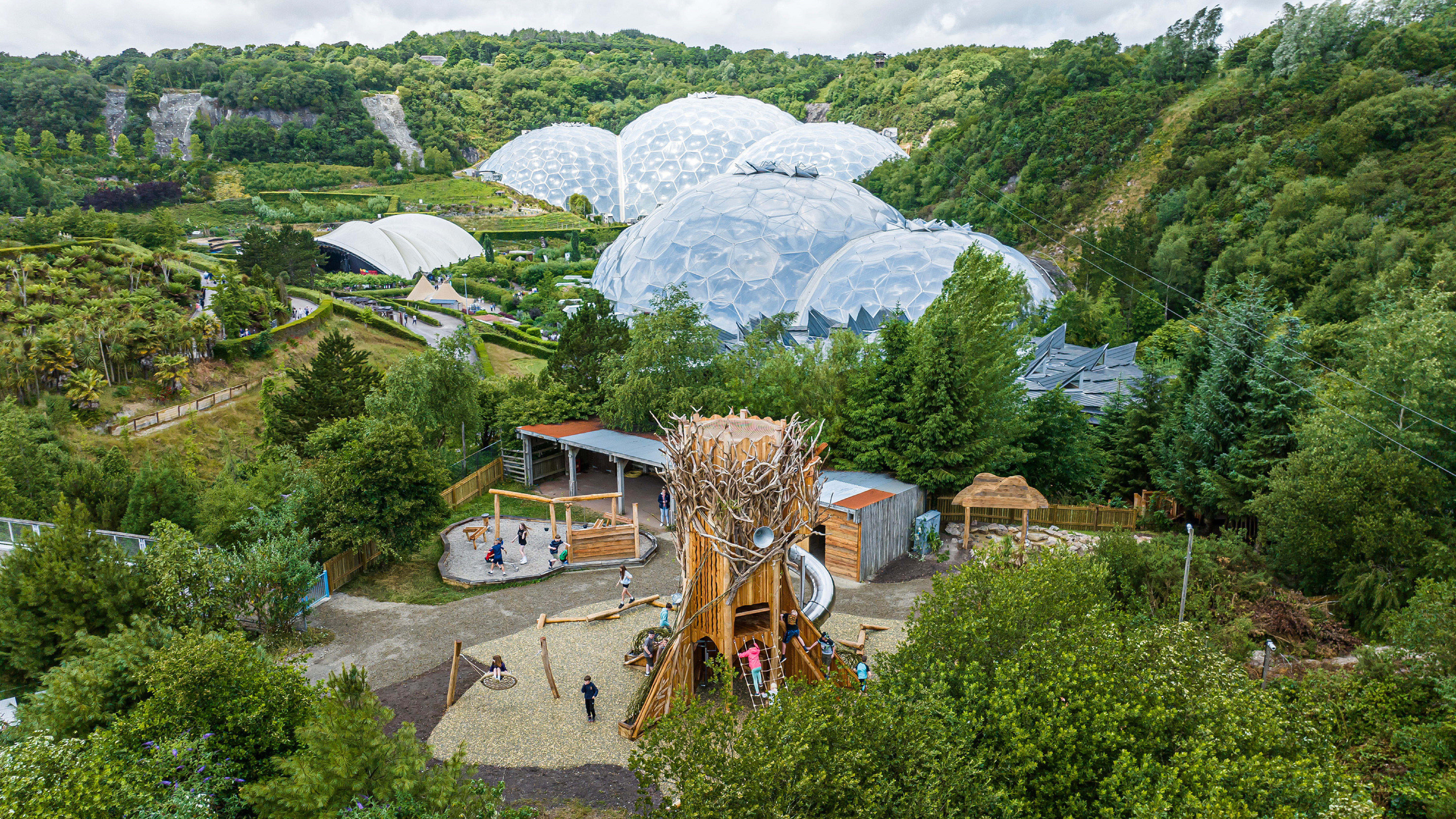
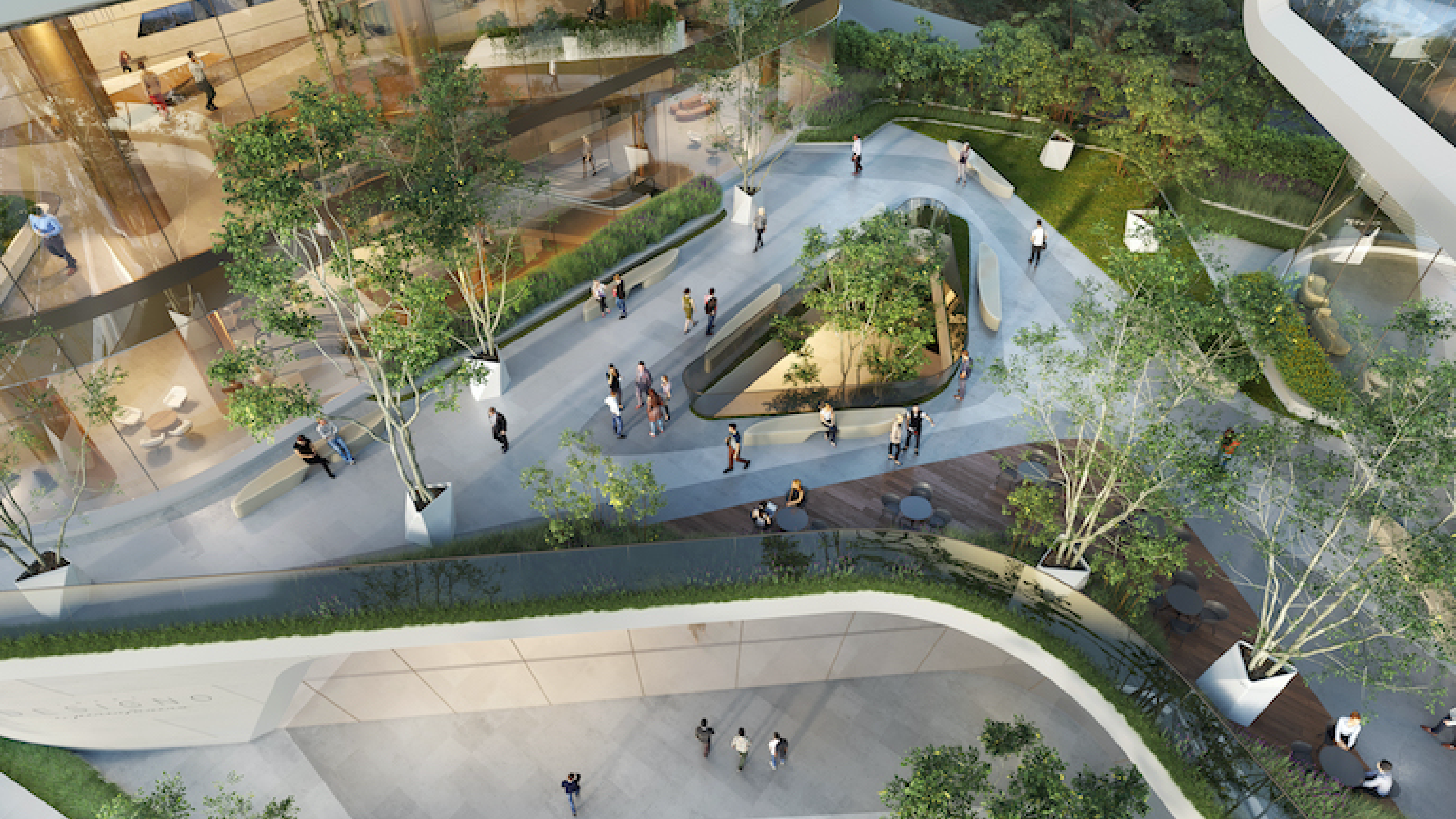
Leave A Comment